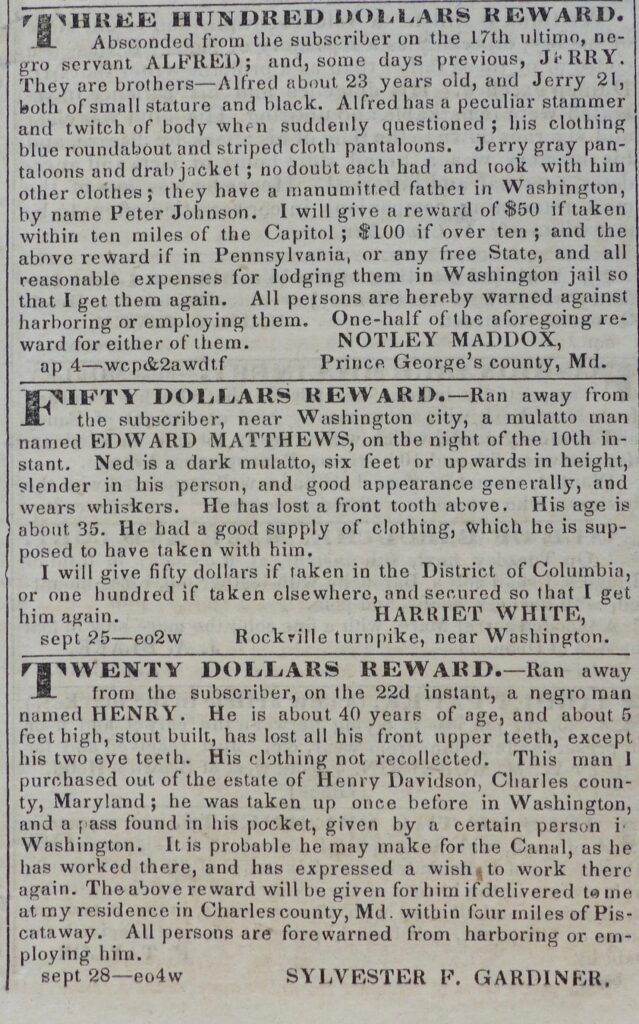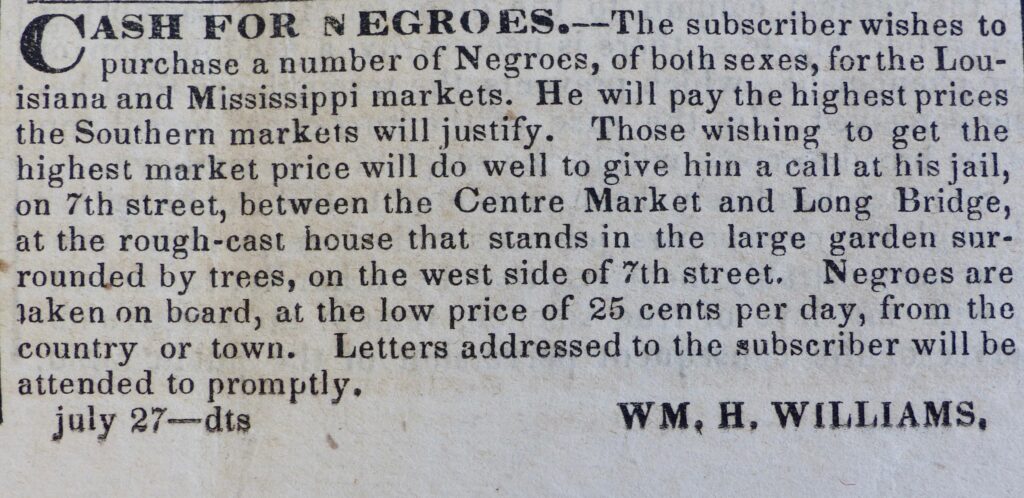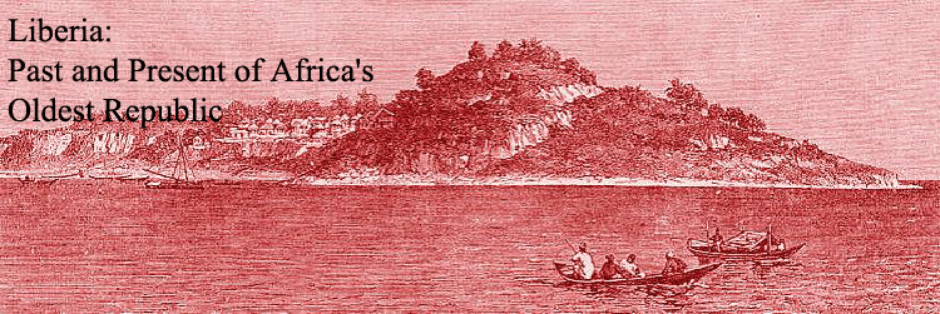
It’s the year 1839. In the southern states of the United States of America (the ‘slave states’) hundreds of thousands of black people are kept in bondage. On slave markets in these southern states human beings are sold as slaves, individually or in a group, a family.

Simultaneously, however, and increasingly, slaves run away from their ‘owners’, to the northern states, to the ‘free states’, where slavery had been outlawed.
On the other side of the Atlantic Ocean, a couple of hundred freed slaves and free-born blacks who had left the United States in search for freedom, create the Commonwealth of Liberia, grouping three American colonies: Liberia, Bassa Cove and Mississippi in Africa (1839).

In 1822, a first group of freed slaves and free-born blacks had been successful in creating a settlement on the west coast of Africa. Between 1822 and 1839 about a thousand colonists – desperate, optimistic, courageous – left the United States to start a new life in West Africa, hoping to realize a brighter future than what they could expect in the United States of America.
The African American colonists had gone to Africa under the umbrella of the American Colonization Society (ACS), created in 1816 by a group of wealthy and politically powerful white Americans who had various reasons to promote their emigration.
The ACS members, supporters and sympathizers included abolitionists and slave-owners who wanted to remove freed slaves and free-born African Americans from a predominantly white Anglo-Saxon protestant (WASP) society where, according to the most radical among them, there was ‘no place for two races’. A more moderate group consisted of supporters of the Anti-Slavery Society.They wanted to send black and colored people ‘back to Africa’, where they would be free and have a better future. However, they underestimated the consequences of the fact that most ex-slaves who went to Liberia (‘repatriates’) had never seen Africa before. Another group of ACS members had religious motives to support the cause of colonization: to Christianize a continent (‘a dark continent’) inhabited by people considered to be savages and heathens.
As stated above, the Unites States were far from united. In the ‘free states’ slavery was outlawed, in the ‘slave states’ slavery existed. In 1807 the US government had enacted a law prohibiting the importation of slaves but this had not ended slavery in the country nor had it outlawed the sale of slaves within the United States. Moreover, illegal slave traders continued the importation of slaves into the US.
So, on the one hand a private organization (the ACS), financially and military supported by the US government, organized and funded the removal (emigration) of black people, whereas on the other hand slave-owners continued to hold slaves and slave traders continued importing new slaves. Runaway slaves from below the Mason-Dixon line, Mseparating the free states from the slave states, would try to escape to one of the northern states where they would be free.

In southern states, newspaper advertisements announcing a reward for capturing and bringing back runaway slaves were very common, with rewards varying from twenty to fifty sometimes one hundred dollars or more as the illustrations below illustrate. Eventually, the conflicting views and opposing interests between the southern and northern states turned out to be a crucial factor in the start of the American civil war (1861-1865).


After the end of the civil war, which also brought to an end the inhuman system of slavery in the United States, emigration of African Americans to Liberia virtually came to a standstill. However, the freeing of hundreds of thousands slaves revealed another huge problem in American society: the racial discrimination of one group by another.
But that’s another story.
